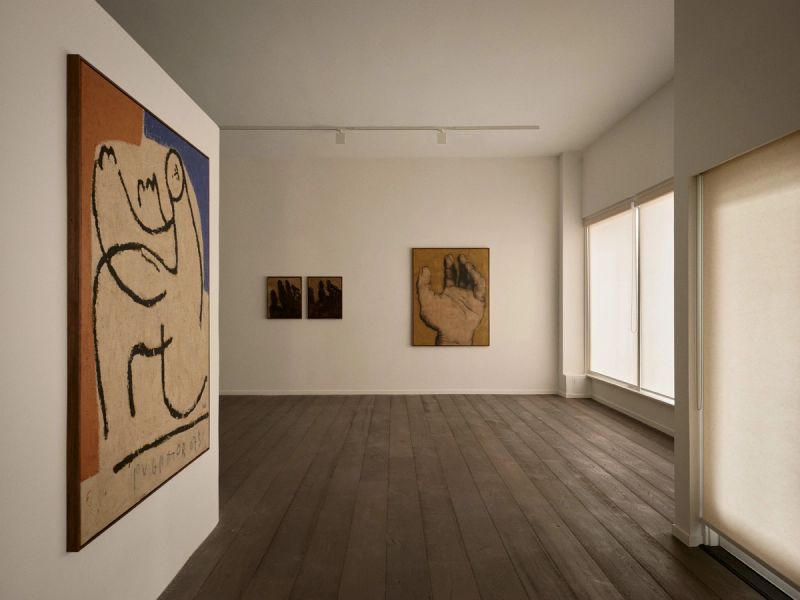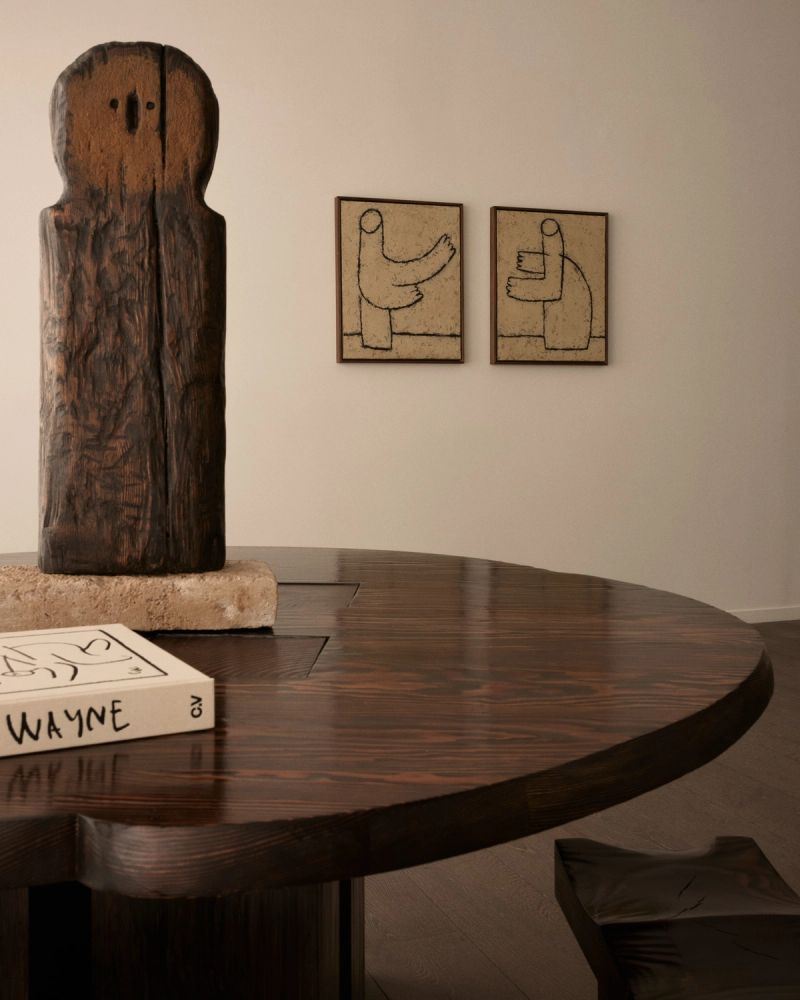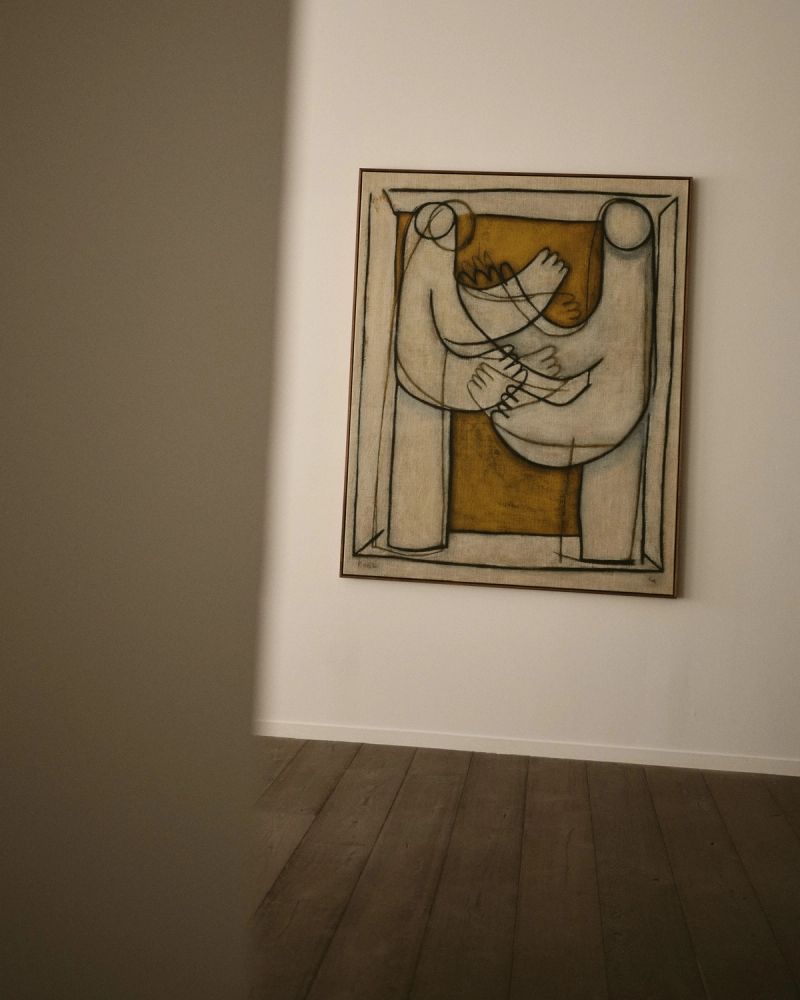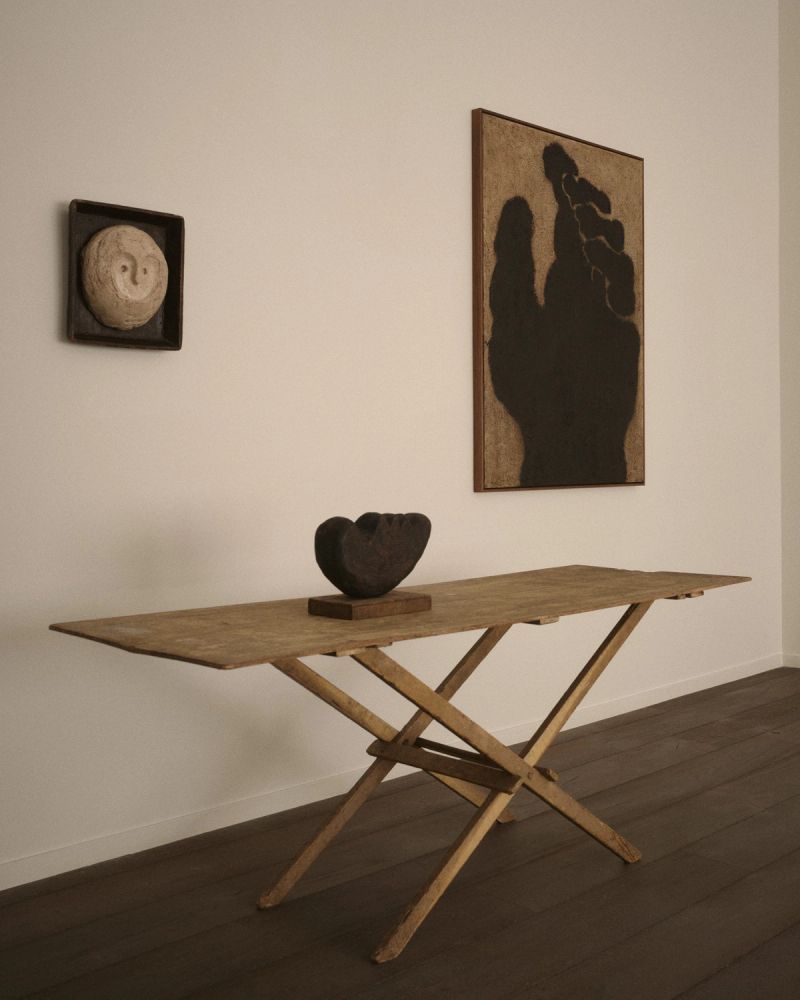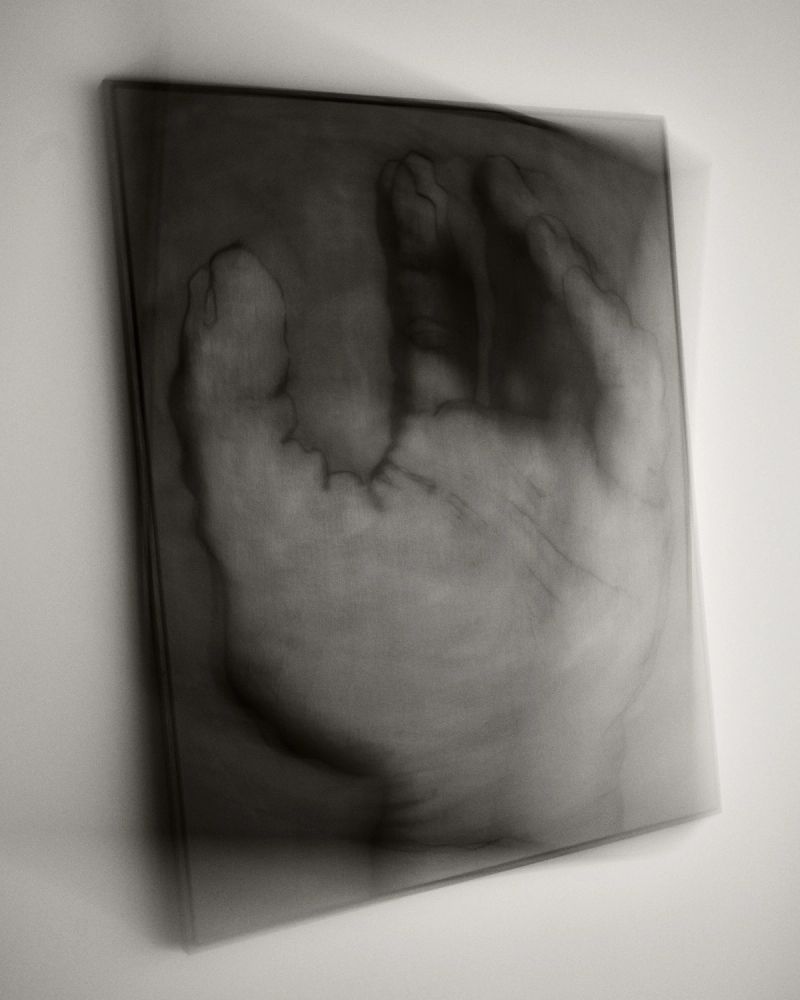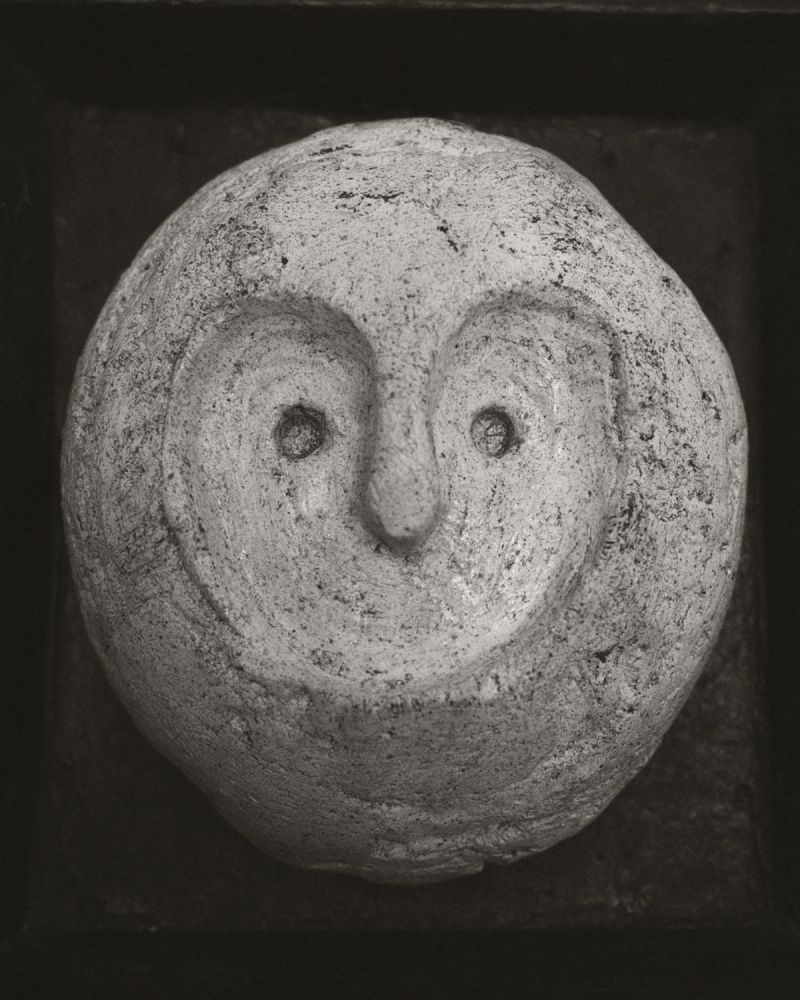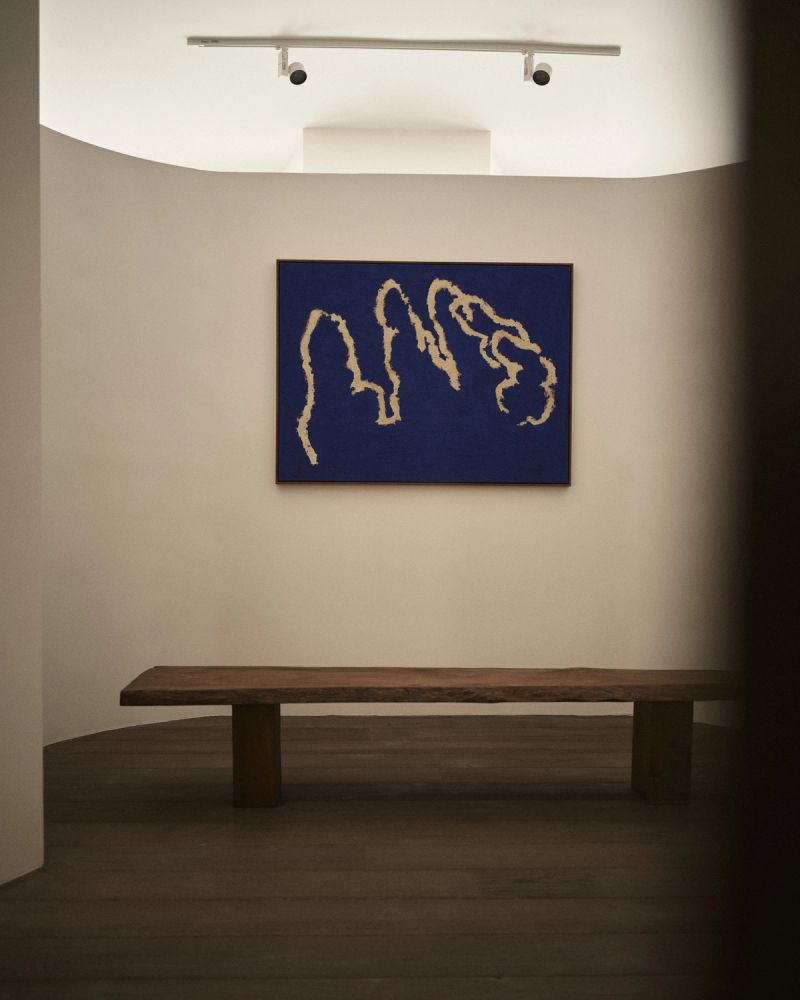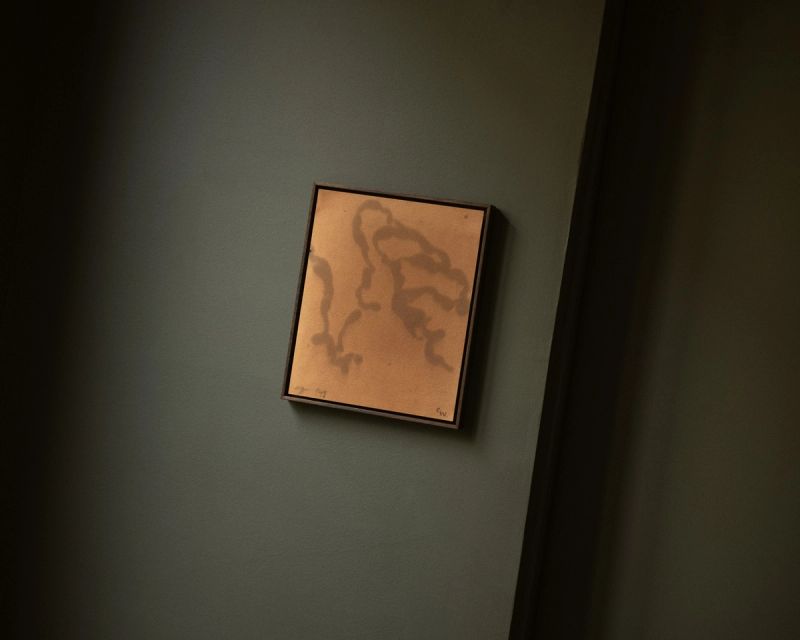Chidy Wayne: Ancestral FuturesOct 4 – Nov 26, 2025
Ancestral Futures is Spanish-Guinean artist Chidy Wayne's first solo exhibition with Francis Gallery. The show comprises the "Ego" and "Pugna" series, which Wayne likens to "two pillars" that support his practice. There is a deep philosophical basis to the work that reveals itself slowly. The "Ego" series monumentalizes the hand, particularly the palm, which Wayne describes as a "mirror" serving as a vessel for exploring one's inner self and identity. "Pugna," meaning "fight" in Latin, represents humans' inner struggle to understand their path and purpose in life.
Ego 141-145 feel like studies for a larger work at first glance. Upon closer examination, the oil-on-paper hands appear exaggerated, deformed, and not to scale—verging on abstraction. This is due to Wayne's unique approach: closing his eyes and using his non-dominant hand as an exercise in "sabotaging" control. Through this act of relinquishing, the artist achieves a more profound stroke. What we are presented with is the reverse of the drawing, where the oil reflects through the paper, distancing Wayne from the paintings and transforming them into divine images.
The works in the "Pugna" series highlight the figure of the fighter, depicted with a circle for a head, elongated arms, and an incomplete body. Blue, ochre, and orange make an appearance in works like Pugnator 072 and Pugna 062, but overall color takes a backseat in Wayne's work. In Pugna 062, two fighters appear to be dueling; the artist animates their movements by repeatedly drawing their hands in various positions along the center of the composition. In Pugnator 074 and 075, the fighters face each other yet are distanced on two separate canvases. They serve as stand-ins for Wayne's philosophy—he views himself as a spiritual fighter who, like many others, is on a quest to explore existential questions such as "Who am I? What is my purpose? What is my life path?"
As the title suggests, Wayne's work defies temporal categorization by simultaneously looking to the historical past and an imagined future. Through this, he inadvertently argues that time is cyclical, with his work serving as a way to close the loop, thereby linking the past and the future as one. While undoubtedly informed by his own subjectivity, his goal is chiefly to transcend gender, culture, geography, and time, by speaking to both the anonymous cave painters of prehistory and the humans we will evolve into in the unknown future. Sculptures like Máscara 006 and Personatus 002, which draw from tribal masking and totems, could easily be historic works. Ego 146-147 mimic the high contrast of dark figures and bright backgrounds in prehistoric cave paintings. And many of the "Pugna" series works feel like they belong to the twentieth-century artistic trend of Primitivism.
While today the word "primitive" has fallen out of favor in art history, it was once widely used to refer to art from non-Western societies. Artists like Pablo Picasso, Henri Matisse, Andre Breton, and Paul Gauguin marveled at the so-called pure and crude art from anonymous craftspeople or untrained artists from Africa, Asia, Latin America, and Oceania. Through adopting and appropriating the foreign forms they encountered, they developed many works believed to be masterpieces of Modernism, such as Les Demoiselles d'Avignon (1907). This was driven by their quest for artistic freedom, and a prioritization of simplicity over sophistication that aligned with Enlightenment thinking. While many are critical of this cultural extraction, Wayne believes knowledge should be shared rather than kept in the "drawer of culturalism."
For Wayne, primitive art is far from unsophisticated. He views the word not as derogatory but reclaims it proudly to describe his own work. "I relate the word [primitive] with artistic sophistication. What we've designated as primitive art is sophisticated because it uses the least number of formal elements to show depth of meaning. It's a compliment for me as someone with an African background." Throughout Ancestral Futures, Wayne is aware of the cultural clash embedded in his identity as both European and African. "I am always trying to find a middle point where the raw ideas from my African heritage can collide with the rational thinking of Europe." As a contemporary artist, he also continues the line of questioning his predecessors working in the post-independence period in Africa faced. Emerging out of colonial rule, modern artists across the continent asked themselves similar existential questions to define their new national culture. Who are we? What is our identity? What is our purpose as individuals, a community, and as a nation? They attempted to synthesize their neglected local cultural forms with techniques inherited from Europe. "I think we should always have a foot in the past. I am not talking about twenty years ago—I mean returning to the roots. How could I as an artist neglect the fact that so much of what we know started in Africa?"
Through Ancestral Futures, perhaps Wayne hopes we can view the artwork as conduits to understanding the timeless view of our own existence.
Words
- Tina Barouti
Photos
- Rich Stapleton
Featured works
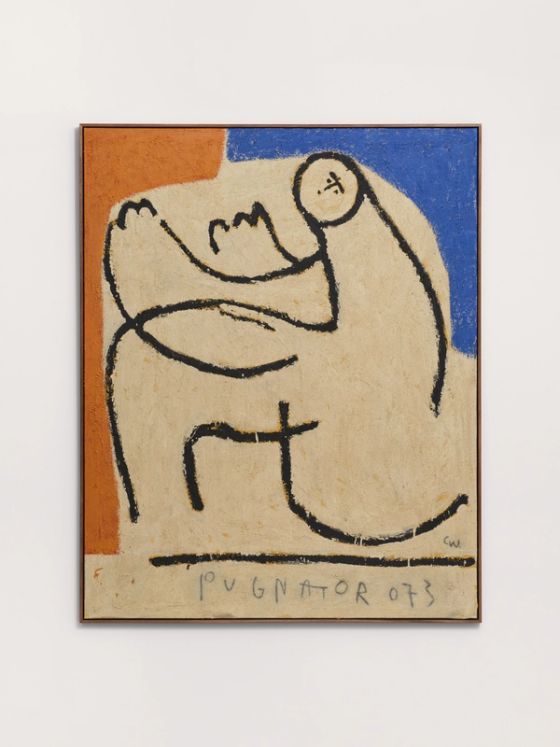
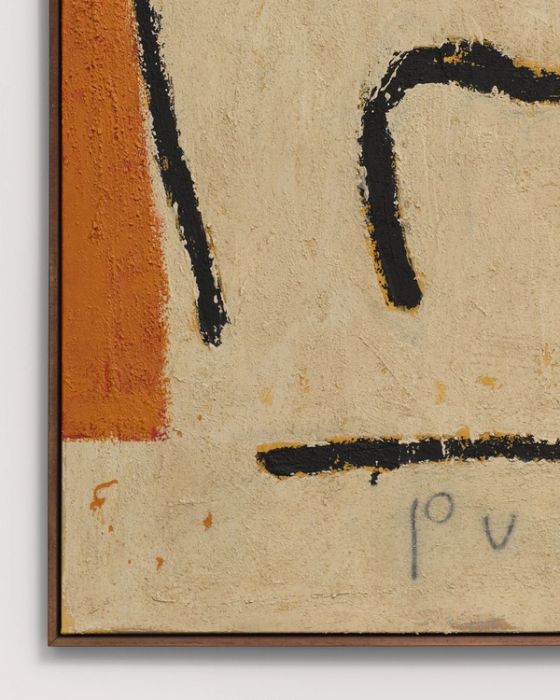 LA Gallery
LA GalleryChidy WaynePugnator 073, 2025
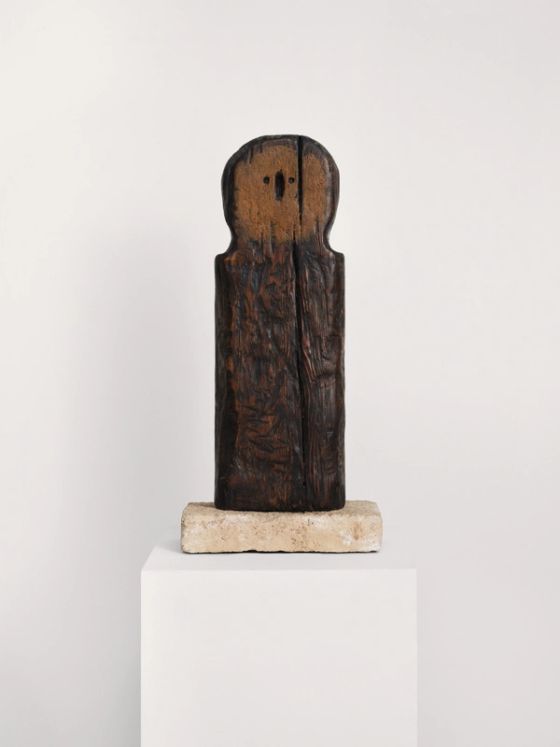
 LA Gallery
LA GalleryChidy WaynePersonatus 002, 2025
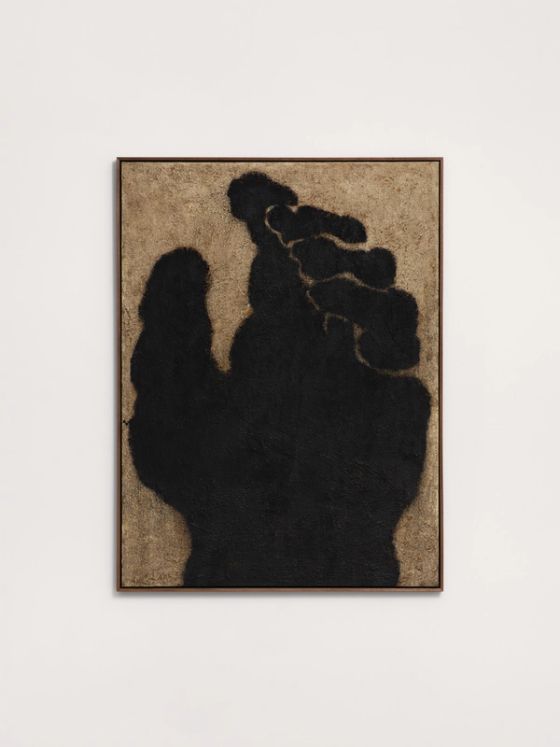
 LA Gallery
LA GalleryChidy WayneEgo 148, 2025
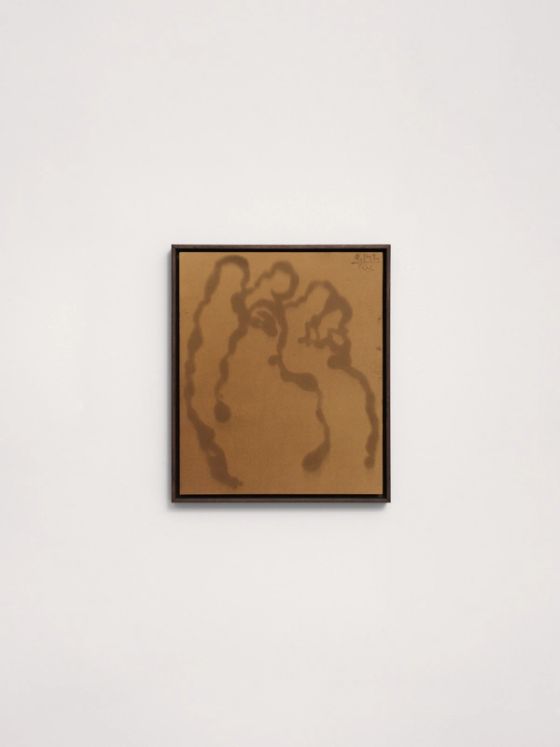
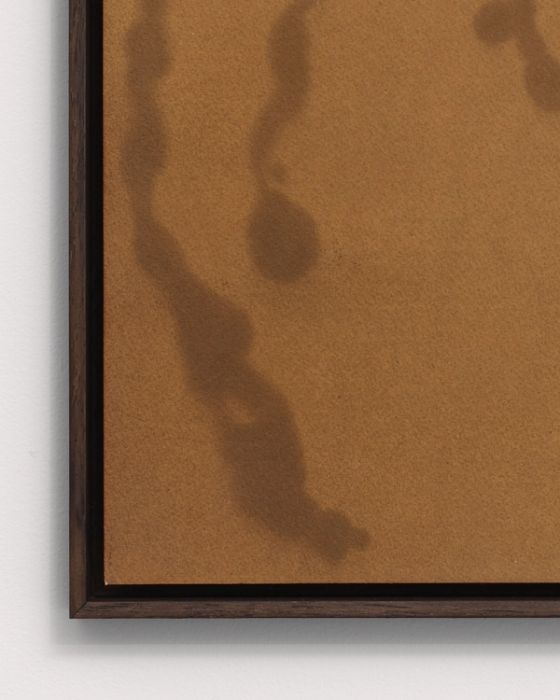 LA Gallery
LA GalleryChidy WayneEgo 142, 2025
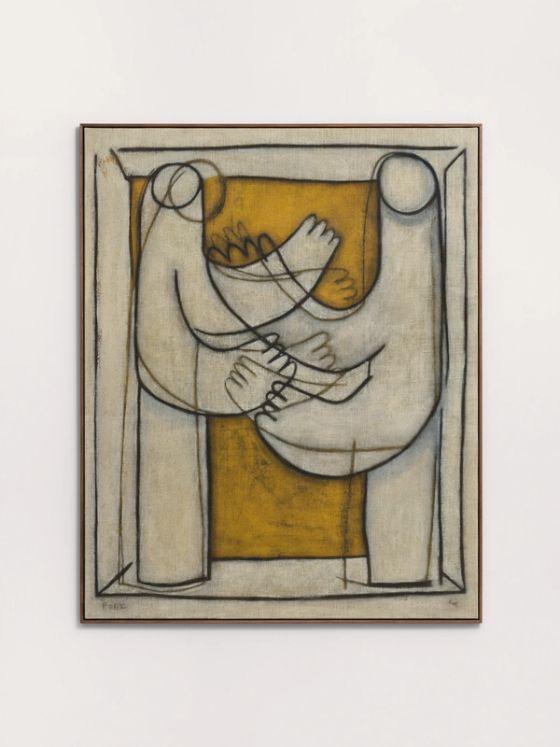
 LA Gallery
LA GalleryChidy WaynePugna 062, 2025
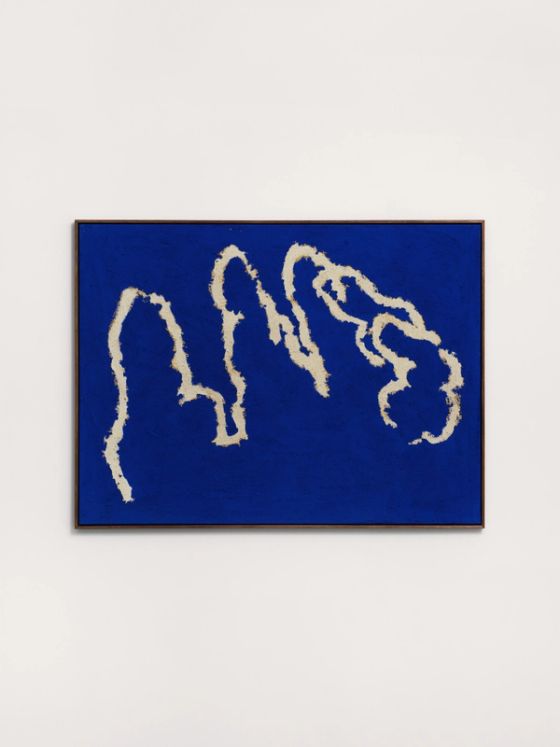
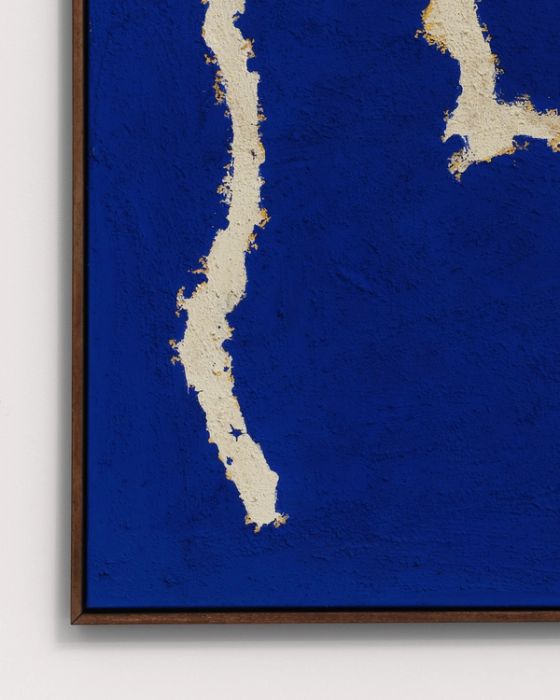 LA Gallery
LA GalleryChidy WayneEgo 150, 2025
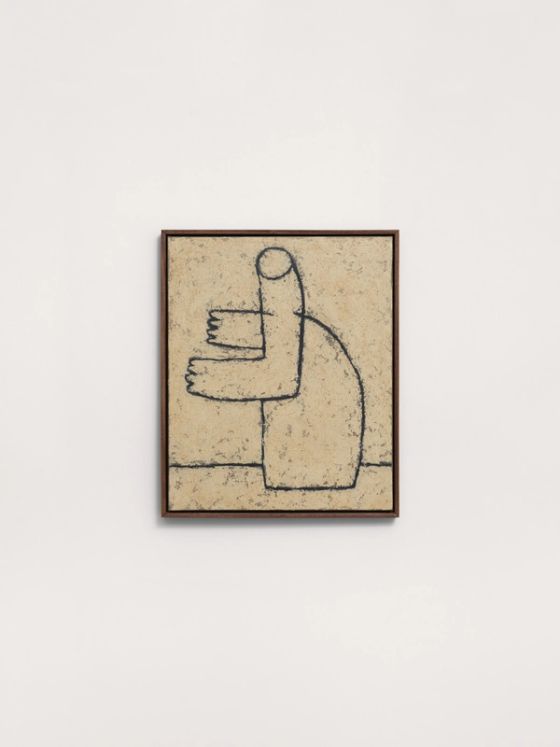
 LA Gallery
LA GalleryChidy WaynePugnator 075, 2025
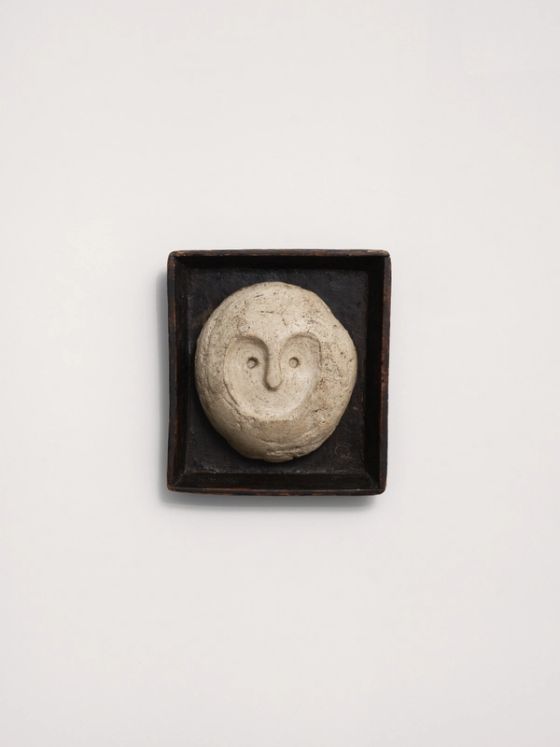
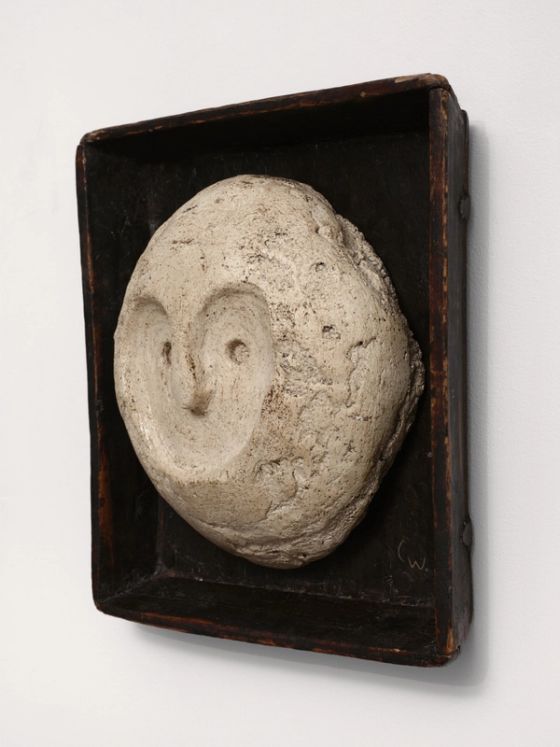 LA Gallery
LA GalleryChidy WayneMáscara 006, 2025
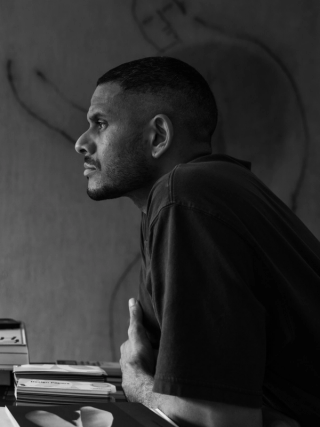
His practice addresses fundamental questions such as identity and inner conflict through a gestural, material-based figuration that incorporates oils, acrylics, textured surfaces, and sculptures in wood, iron or plaster.
